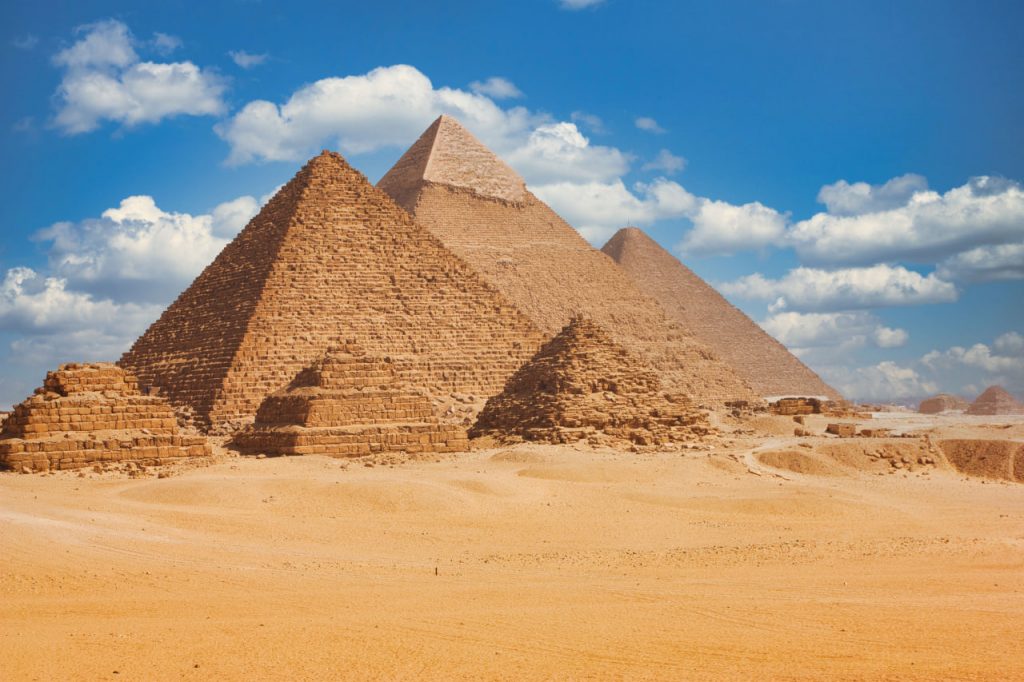The Roman Empire, once a vast and unparalleled force stretching from Britain to Egypt, remains one of the most studied civilizations in history. Its rise to power was characterized by strategic military conquests, political ingenuity, and an unyielding belief in its supremacy. Founded as a republic in 509 BCE, the Roman Empire expanded rapidly, becoming a beacon of governance, culture, and law. At its peak in the 2nd century CE, the Roman Empire controlled much of Europe, North Africa, and the Middle East, creating a unified society that flourished for centuries.
However, despite its early triumphs, the Roman Empire eventually succumbed to a combination of internal and external pressures. By the 3rd century CE, Rome faced mounting challenges, both politically and militarily. The empire’s vast size made it increasingly difficult to govern, leading to political instability. In the absence of a clear line of succession, power struggles and civil wars became more frequent, weakening the central authority of the empire.
Additionally, the Roman military, once a formidable force, began to weaken as the empire grew more dependent on mercenary forces. These hired soldiers, many of whom were from barbarian tribes, lacked the loyalty and discipline of Roman legions, further eroding the empire’s strength. Meanwhile, the borders became harder to defend against invasions from outside forces, particularly the Goths, Vandals, and Huns. In 410 CE, the city of Rome was sacked by the Visigoths under King Alaric, a blow to the empire’s reputation and stability.
On the economic front, Rome faced crippling inflation, heavy taxation, and a reliance on slave labor, which stifled technological progress and innovation. The gap between the wealthy elite and the impoverished masses grew wider, further destabilizing society. Additionally, the empire’s agricultural base faltered, and with fewer resources to sustain its population and military, the empire’s internal cohesion continued to disintegrate.
In 476 CE, the last Roman emperor in the West, Romulus Augustulus, was deposed by the barbarian chieftain Odoacer, marking the official end of the Western Roman Empire. However, the Eastern Roman Empire, known as the Byzantine Empire, continued to survive for another thousand years, preserving Roman law and culture until the fall of Constantinople in 1453.
The fall of Rome was not a single event but a slow unraveling of a once-great empire. The complexity of its decline was the result of many factors, including military overextension, internal corruption, economic strain, and the rise of new powers. Despite its fall, the legacy of Rome continues to influence modern governments, legal systems, architecture, and culture.
The fall of the Roman Empire serves as a cautionary tale about the vulnerabilities of even the most powerful civilizations, reminding us that no empire, no matter how grand, is immune to collapse. Yet, the ideas and achievements of Rome live on, continuing to shape the world in profound ways.

